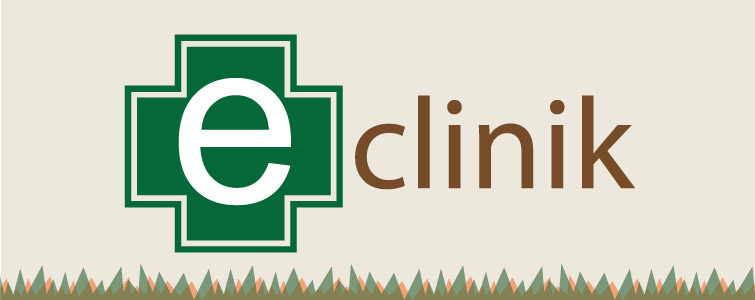Terminologies
Important Terminologies
Alate: A winged reproductive of eusocial insects, destined to find/search a spouse/mate and establish a new colony. Alates are also called imagoes in termites. The alate is simply the adult, sexually mature stage in the termite life cycle. “Individual who bear wings, or reproductive member of termite colony (adult members)”
Blattodea: is an order in the scientific classification of insects, and is well known to be used to identify cockroaches. Termites have recently been related to cockroaches through DNA fingerprinting. Dequeening: Killing or eliminating the queen from the colony/nest.
Eusocial: This term was first introduced in 1966, it is used for the highest level of social organization in a hierarchical classification. It was originally defined as:
- Reproductive division of labour (with or without sterile castes)
- Overlapping generations
- Cooperative care of young
Flight Slit (=exit holes): During termite swarming season, termites expose the galleries of their colonies via slit-shaped holes, called the flight slits, which provide alates to exit.
Fungal garden: A special chamber in the nest of higher termites in which they cultivate fungi for food. Lower termites (Heterotermes and Coptotermes spp. don’t have this).
Inquiline: Animals that live within the nest or a social insect like termites. Like beetles, bugs flies, often snakes and frogs also.
Isoptera: It is an order in the scientific classification of insects. Termites are included in this order, but debate still exists whether to reclassify termites under Blattodea or not.
King: A functional male in a colony.
Nymph Termites: A termite nymph is an immature form of termite that has yet to fully develop via metamorphosis into its adult form, or caste. They are often termed as minors.
Queen: The queen is the reproductive individual in the colony.Colonies may have more than one queen.At maturity a queen has a great capacity to lay eggs. In some species, mature queen has a greatly distended abdomen and may produce 20 to 30 thousands eggs per day or even more. The abdomen increases the queen's body length to several times more post-nuptial and reduces her ability to move freely, though attendant workers nurse her adequately in the royal chamber.
Reproductive Termites: The winged (or alate) caste can be referred to as the reproductives. These termites are generally the only caste with well-developed eyes. Females are called Queens. Males can be referred to as Kings (drones in species other than termites). Multiple pairs of reproductives are common.
Soldiers: Some nymphs develop into soldier termites with large, elongated heads and mandibles. These are generally stronger than other termites and serve as the defenders of a colony. Other soldiers have a head large enough to block entrances to termite tunnels, and some species’ soldiers have the ability to emit noxious liquids (nasute type instead of mandibulate soldiers). Soldier is the sterile caste of termite, for defensive purpose of the colony. They possess large, thick sclerotized heads with powerful jaws. Soldier heads exhibit a wide variety of forms and function across the species. This caste is very important for morpho-taxonomy.
Termite Mound: Termitaria, or termite mounds, occur when an above ground nest grows beyond its concealing surface. These mounds contain intricate galleries and tunnel systems which allow for efficient cooling of the entire colony.
Termite Shelter Tube: In order to protect foraging termites from exposure to biotic and abiotic stresses, termites enclose their trails in mud shelter tubes made from saliva, soil, plant matter, and faeces. These termite tubes are used to shield foraging termites from natural enemies, like ants, and to keep them from being subjected to light and the sun’s ultra-violet rays, which kills them.
Termitophiles: An organism which lives with termites, either as predator, symbiont or commensal.
Trophollaxis: Mechanism by which transfer of food between members of the same colony takes place. This is the normal way by which male, female; soldiers and young ones share food.
White Ant: Though termites are not ants, they are often referred to as white ants, especially in Australia.
Worker Termite: The responsibilities of foraging, food storage, maintenance of the nest and raising of nymphs falls on worker termites. Often, the primary role of digesting cellulose rests on workers. Worker termites generally do not develop eyes or wings and are sterile. Termite workers are the lifeblood of a termite colony. They care for the younger ones till they are matured, dig termite tunnels to expand the nest and collect food for the colony. They are also the ones that cause the real damage to timber-in-service and to agricultural crops and forestry.
(http://drdons.net/Dr_Dons_Termite_Glossary.htm).
Xylophagy: Animals feeding on wood (xylem). It is a term used in ecology to describe the habits of an herbivorous animal whose diet consists primarily (often solely) of wood.
Total Visit: 02014984


